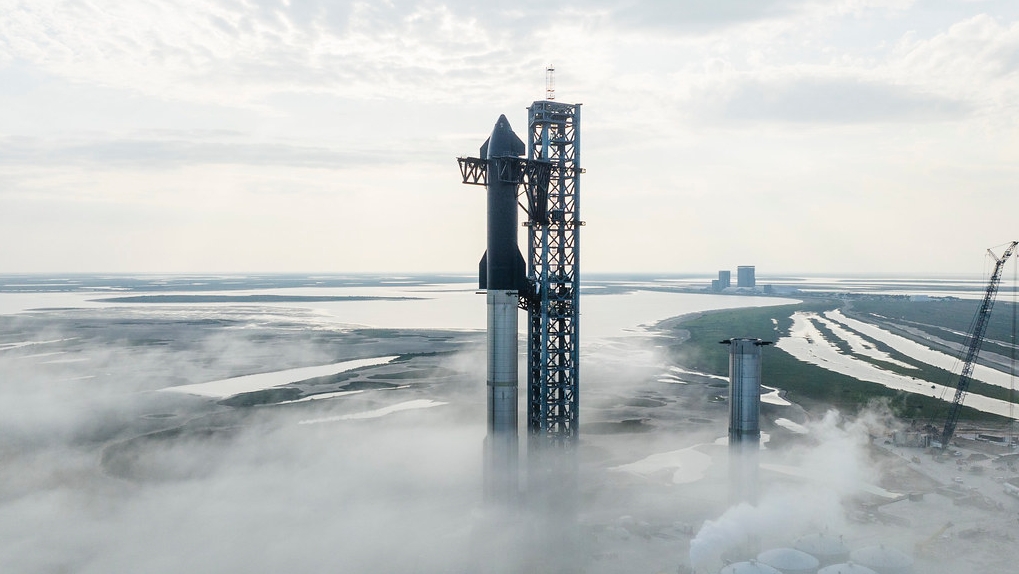There’s no denying it—Starship Flight 11 was a jaw-dropping milestone for SpaceX. More than just a test, it was a statement: SpaceX is ready to reshape the future of space travel. With Booster 15 performing flawlessly and Ship 38 exceeding expectations, the mission showcased what many are calling the most successful Starship flight of 2025.
In this post, we’ll dive into the full mission breakdown, the exciting implications for Mars and Moon exploration, and how SpaceX’s pricing announcement—$100 million per ton to the Moon and Mars—is sending shockwaves through the industry.
The Final Flight Before Starship V3
SpaceX Sets the Stage for History
This wasn’t just another test flight. Starship Flight 11 marked the final use of Starship Version 2 before transitioning to the long-anticipated Starship V3 and upgrading Launchpad 1 at Starbase. The mission was prepared with exceptional precision, and the results proved that no effort was wasted.
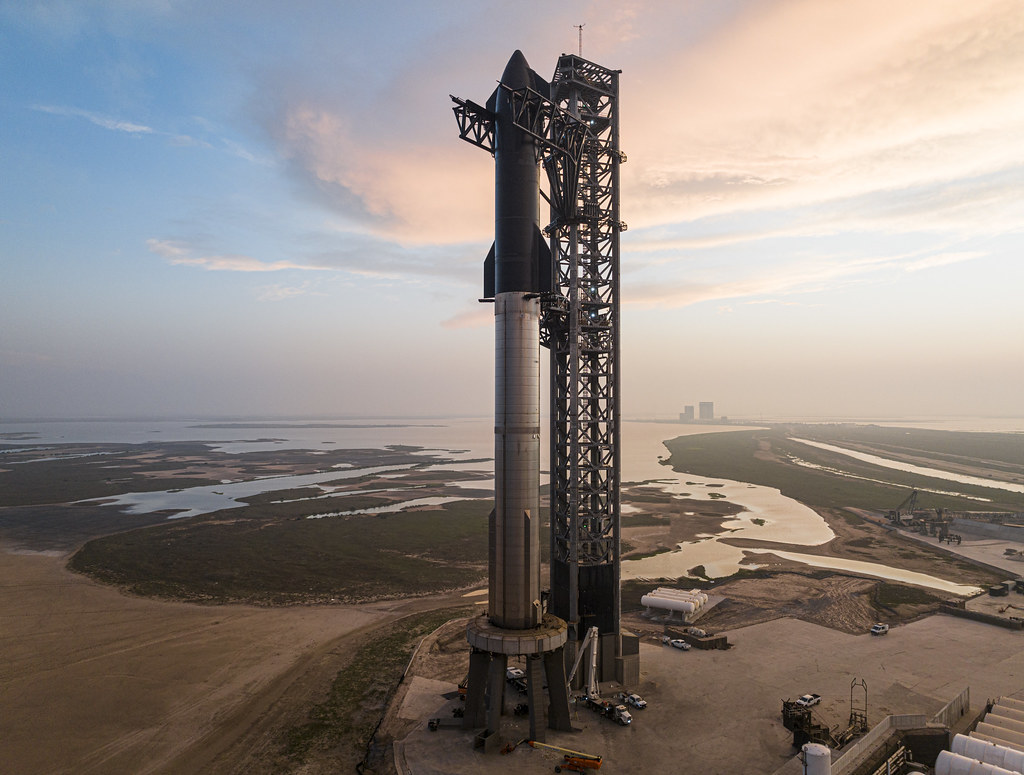
Gwynne Shotwell, COO of SpaceX, praised the team with heartfelt words:
“I love Elon Musk and this incredible team. Go SpaceX.”
Even NASA’s Acting Administrator, Shaun Duffy, congratulated SpaceX, emphasizing its importance to future Artemis missions.
The Launch: A Masterclass in Engineering
Booster 15 – The Star of the Show
At T-minus 40 seconds, the tension was real. But instead of a hold, the countdown continued smoothly. The Raptor 2 engines came to life, accompanied by the water deluge system dumping hundreds of thousands of gallons to protect the pad.
- All 33 Raptor 2 engines ignited flawlessly.
- 24 reused engines performed at 100% thrust.
- The rocket hit 1,000 km/h within the first minute.
This kind of performance from a partially reused booster is unprecedented. Even when one engine failed to reignite, the rest compensated—just as designed.
Flawless Separation and Controlled Return
At T+2:20, stage separation was executed perfectly. Booster 15 performed a boost-back burn, tilting to increase drag and slow down. Then came the critical test: simulating a Mechazilla catch.
- All 13 center engines reignited.
- The booster stabilized midair before throttling down.
- Though it ended in an ocean explosion, it was planned and celebrated.
The mission proved that if a tower catch had been attempted, it likely would’ve succeeded.
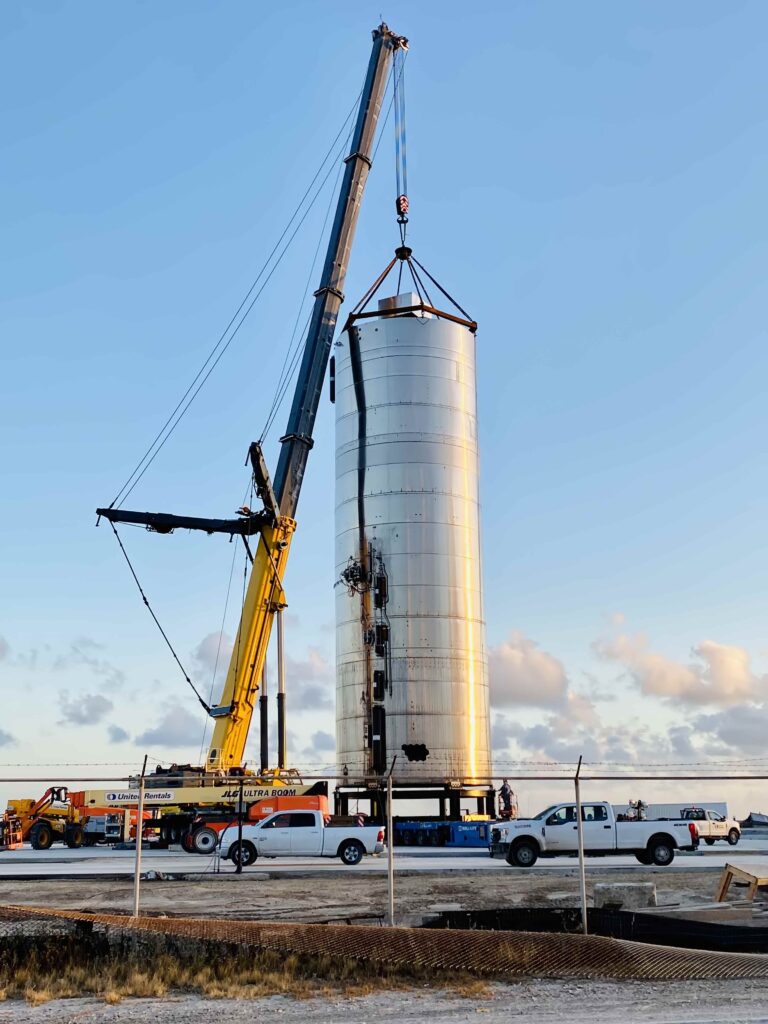
Ship 38: Starship’s Most Impressive Orbital Performance
Achieving Orbit and Starlink Deployment
After hot staging, Ship 38 accelerated smoothly. At T+9 minutes, it hit 26,400 km/h, confirming orbital insertion at 150 km altitude. The spacecraft coasted through low Earth orbit, with minor tile loss visible but no critical damage.
Then came the moment that made history:
- 19 minutes, 50 seconds in, the payload bay door opened.
- A dummy Starlink satellite was deployed.
- Over 6 minutes, eight satellites were released.
This was the first time Starship successfully demonstrated Starlink deployment, a crucial step for future satellite mega-constellations.
Raptor Engine Reignition in Space
At T+37:54, a sea-level Raptor engine was reignited in orbit, demonstrating multi-environment performance.
Why not use a vacuum engine?
Because Starship needs sea-level engines for atmospheric re-entry and landing, collecting real-world data in space enhances future mission reliability.
The Re-entry: Controlled, Beautiful, and Explosive
A Fiery Descent Through Earth’s Atmosphere
At 123 km, re-entry began. Plasma wrapped the ship in glowing streams:
- Red, yellow, and purple plasma created stunning visuals.
- At 84 km, the heat shield was stress-tested.
- Temperatures reached over 10,000°C.
Despite the violence of re-entry, Ship 38 maintained structural integrity, proving the heat shield’s performance under near-Mars re-entry conditions.
Near-Perfect Landing Burn
At 300 meters above the ocean, Ship 38 flipped, reignited two Raptors, and executed a near-perfect landing burn.
Then, it tilted, exploded, and ended the mission in dramatic style.
SpaceX later confirmed:
“The splashdown was intentional. Ship 38 met all its primary objectives, gathered crucial re-entry data, and simulated final return maneuvers.”
Starship’s Future: From Test Flights to Mars Missions
The Road to Version 3 and Beyond
Let’s break down the evolution:
- Starship V1: Debuted in Flight 1 (April 2023)
- Starship V2: Appeared in Flight 7 (Jan 2025)
- Starship V3: Coming by end of 2025
- Starship V4: Planned for 2027
With each version released faster, the tech is evolving at an incredible pace. According to Elon Musk, V3 will already be capable of reaching Mars.
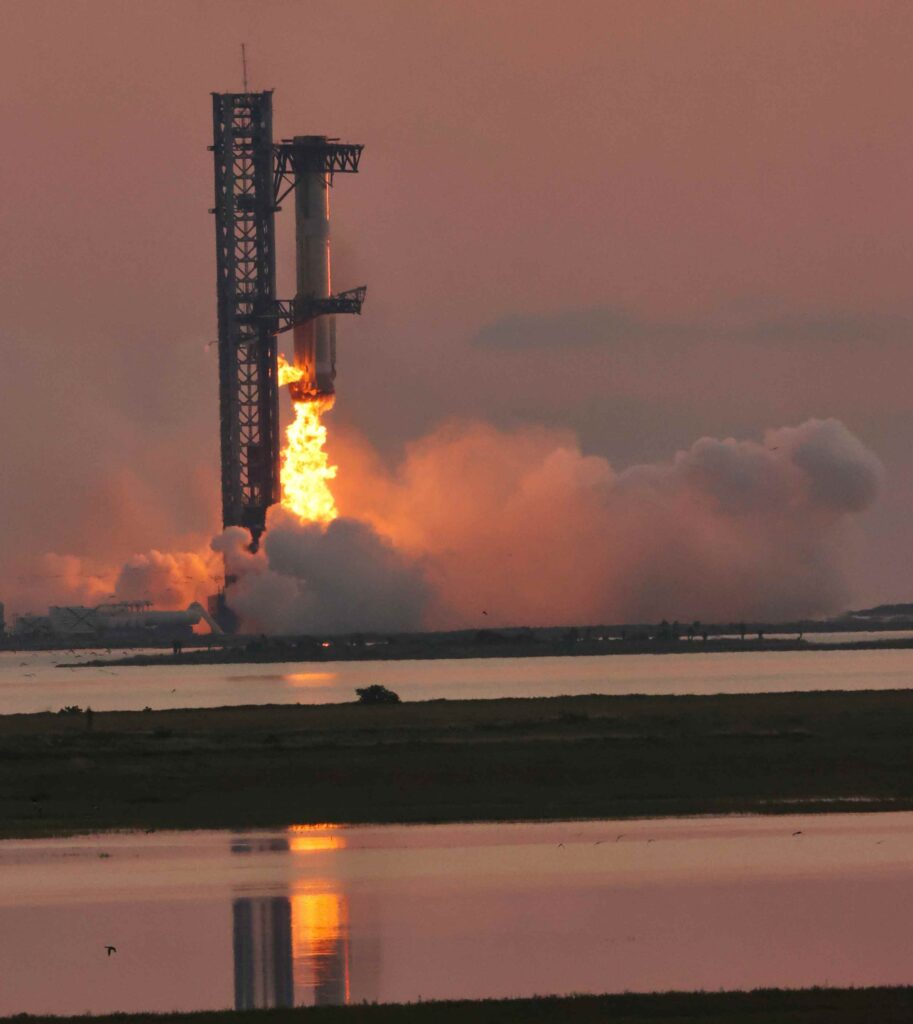
Commercial Moon and Mars Missions – Now Official
The $100M/Ton Announcement
SpaceX’s recent update quietly revealed a game-changing figure:
$100 million per ton to the Moon and Mars.
That’s $100,000 per kilogram.
To compare:
- NASA Shuttle Era: ~$93,400/kg to LEO (1980–2011)
- Starship to Mars: Similar cost, but 136,500x farther
This pricing redefines affordability in space logistics, especially for major contractors like Lockheed Martin and Northrop Grumman.
Starship Version 4: A Martian Mega Machine
Expected Specs
- 9 Raptor engines (possibly Raptor 4s)
- 61 meters tall, 9 meters diameter
- 2,000+ tons of propellant
- Up to 150 tons payload to Mars
Thanks to orbital refueling, V4 can carry:
- Rovers
- Crew modules
- Habitat supplies
- ISRU units for oxygen and methane production
Without refueling, the payload drops to 10–20 tons. With it, V4 could deliver a small Martian city’s worth of supplies.
Timeline to Mars: 2026–2031
- Late 2026: Possible uncrewed V3 Mars test
- 2030: First commercial Mars cargo missions
- 2031: Target for first human landing on Mars
By 2031, SpaceX could be:
- Building permanent habitats
- Establishing oxygen and fuel production
- Hosting scientific labs on Mars
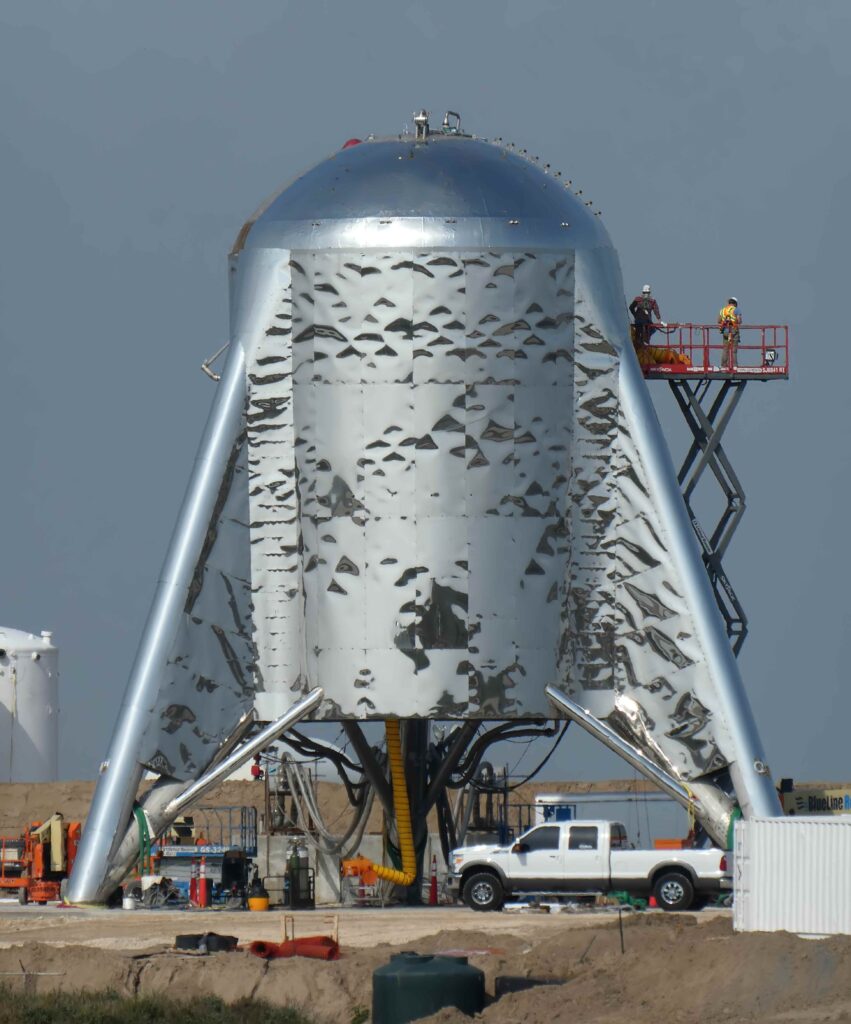
Building a City on Mars: The Long-Term Vision
1 Million Tons of Cargo = A Martian Civilization
Elon Musk believes that to build a self-sustaining city on Mars, 1 million tons of supplies must be delivered.
- 10–12 launches per transfer window
- Each flight = 100–150 tons
- Realistic goal: ~20–30 years
Early Martian life will begin in pressurized domes, but with each mission, the infrastructure will evolve—from survival to thriving civilization.
China, Russia, and the Global Space Race
While SpaceX marches toward Mars:
- China is targeting a sample return mission by 2030.
- Russia is literally turning spacecraft into flying billboards.
Yes, due to budget issues, Roscosmos will sell ad space on spacecraft starting January 1, 2026. This move, backed by President Putin, aims to generate extra revenue amid growing financial constraints.
Final Thoughts: A Turning Point for Humanity
Starship Flight 11 was more than just a success—it was a turning point.
- SpaceX showed it can land two-stage reusable vehicles.
- It launched and deployed payloads in orbit.
- It reignited engines in space and returned a massive ship safely.
- And most importantly, it demonstrated that a $100M per ton future is real.
SpaceX’s Starship is no longer just a dream.
It’s a fully operational platform ready to carry us to the Moon, Mars, and beyond.
FAQs
1. What is Starship Flight 11?
Starship Flight 11 is the 11th test mission in SpaceX’s Starship program. It marked the final flight of Starship V2 and showcased major achievements including flawless stage separation, orbital insertion, and the first successful Starlink deployment from Starship.
2. Why was Starship Flight 11 so important?
Flight 11 demonstrated near-perfect performance from both Booster 15 and Ship 38, successfully simulating a Mechazilla catch and achieving full Starlink deployment, proving the vehicle’s reusability, orbit capabilities, and payload delivery potential.
3. Did SpaceX reuse any parts during this flight?
Yes. Booster 15 used 24 reused Raptor 2 engines, all of which performed perfectly during launch. This was a major validation of SpaceX’s rapid reusability goal for Starship.
4. What is the Mechazilla catch, and was it tested during Flight 11?
Mechazilla is SpaceX’s tower-based landing system designed to catch Starship and its boosters midair. Although Flight 11 didn’t attempt a real catch, Booster 15 simulated the maneuver successfully, showing it’s nearly ready for live tower catches.
5. What is the new price per ton to the Moon or Mars announced by SpaceX?
SpaceX declared that future Moon and Mars missions using Starship will cost around $100 million per ton or $100,000 per kilogram—a revolutionary price point for deep space transport.
6. How does this price compare to past space missions?
During the Space Shuttle era, costs peaked at about $93,400 per kg to low Earth orbit. In comparison, Starship offers similar cost for missions to the Moon or even Mars, which is over 100,000 times farther.
7. What is Starship Version 3, and when is it launching?
Starship V3 is the next-generation version of the spacecraft, expected to launch by the end of 2025. It features enhanced systems and is reportedly capable of reaching Mars on an uncrewed flight.
8. What is the difference between Starship V2 and V3?
Starship V3 will feature larger fuel capacity, stronger structure, and improved thermal protection. It’s also optimized for orbital refueling, making it suitable for interplanetary missions.
9. What did Ship 38 achieve in this mission?
Ship 38 became the first Starship to successfully deploy Starlink satellites, completed a full orbital insertion, survived plasma re-entry, and executed a near-perfect landing burn before a planned splashdown.
10. What happens during hot staging in Starship launches?
Hot staging is when the upper stage (Ship 38) ignites its engines before separating from the booster. This allows for a smoother transition and more efficient fuel usage, and was successfully demonstrated in Flight 11.
11. Will SpaceX really go to Mars by 2030?
Yes, that’s the current goal. Uncrewed Mars missions could start as early as 2026, with crewed missions expected by 2030–2031, coinciding with the next favorable Mars-Earth launch window.
12. How much cargo can Starship Version 4 deliver to Mars?
With orbital refueling, Starship V4 could deliver up to 100–150 tons of useful payload to the Martian surface, including habitats, vehicles, rovers, and life support systems.
13. What makes Starship different from NASA’s SLS or Artemis missions?
Unlike NASA’s SLS, Starship is fully reusable, can carry more payload, and is significantly cheaper per launch. NASA has partnered with SpaceX to use Starship for Artemis lunar missions as the Human Landing System (HLS).
14. How does SpaceX plan to build a city on Mars?
SpaceX’s long-term plan involves sending 1 million tons of cargo over 20–30 years, building habitats, power systems, and ISRU facilities to support a self-sustaining colony on Mars.
15. What is orbital refueling, and why is it important?
Orbital refueling allows a Starship to launch empty (lightweight), then get topped off in orbit by tanker Starships before heading to the Moon or Mars. This technique dramatically increases its payload capacity.
16. What is the timeline for SpaceX’s Moon and Mars missions?
- 2025: Starship V3 launches
- 2026: Uncrewed Mars test possible
- 2028: Lunar cargo missions
- 2030–2031: First human missions to Mars
- 2030s–2040s: Infrastructure and city-building phase
Read More:
- Tesla FSD gets first rave reviews from media outlets in Japan
- Tesla Cybercab tests seem to be ramping up again
- After moving Tesla to Texas, Elon Musk is back in the Bay Area with Neuralink expansion
- SpaceX posts Starship booster feat that’s so nutty, it doesn’t even look real
- Tesla is adding an interesting feature to its centerscreen in a coming update

